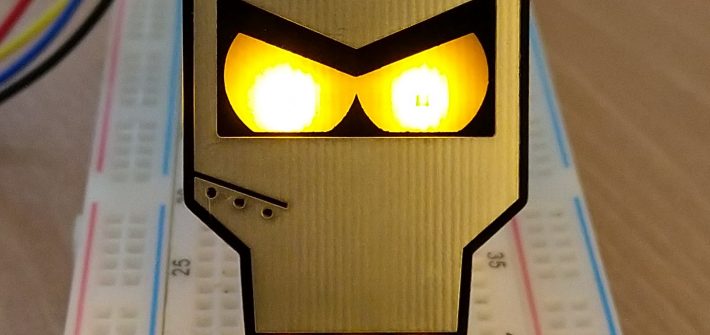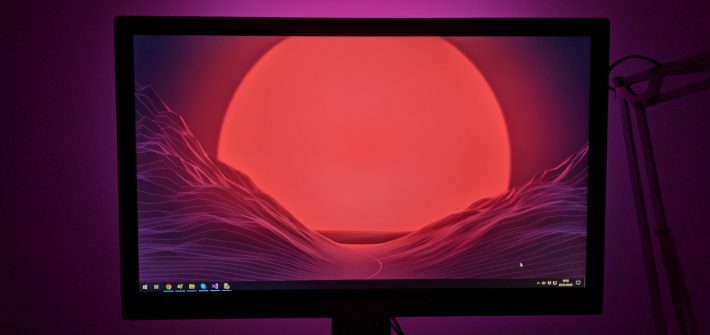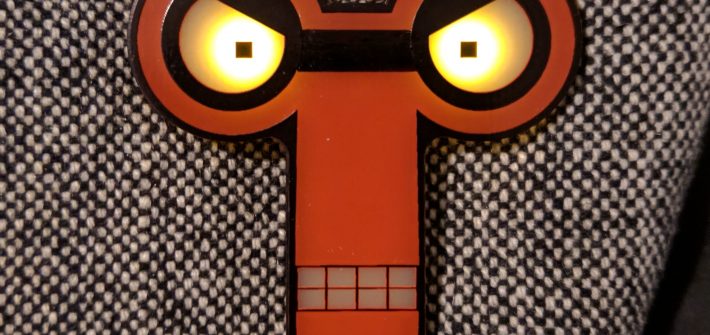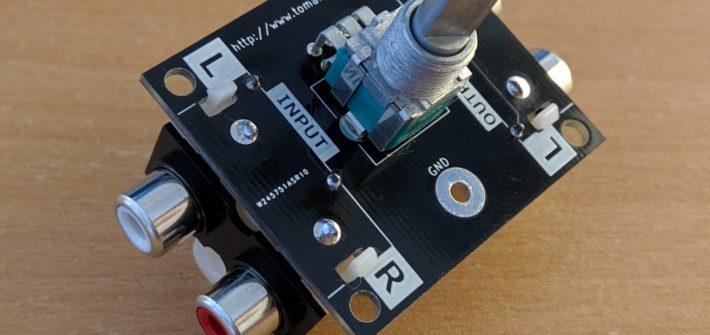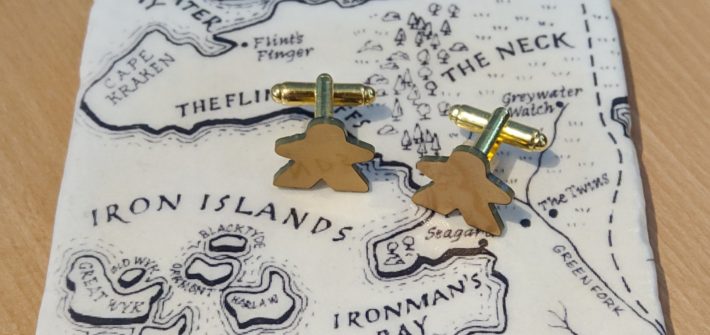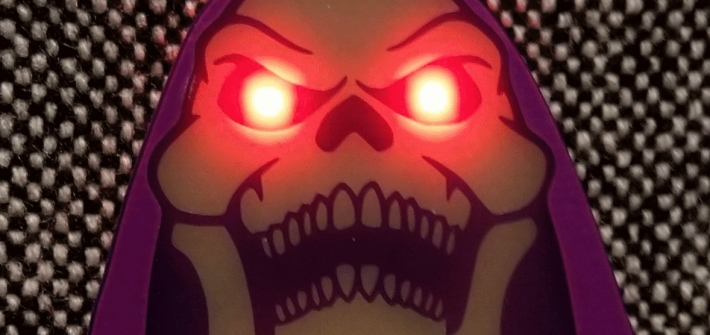I’ve been wanting to revisit my original Clamps pin badge for a while and replace the 5mm through-hole LEDs with reverse mounted SMD LEDs like my more recent Skeletor and Roberto PCBs.
Despite getting pretty close to sending the design off for fabrication, I was concerned that the product just wasn’t different enough from the existing Clamps design. So I decided to create my first Simple Add-On!
(more…)